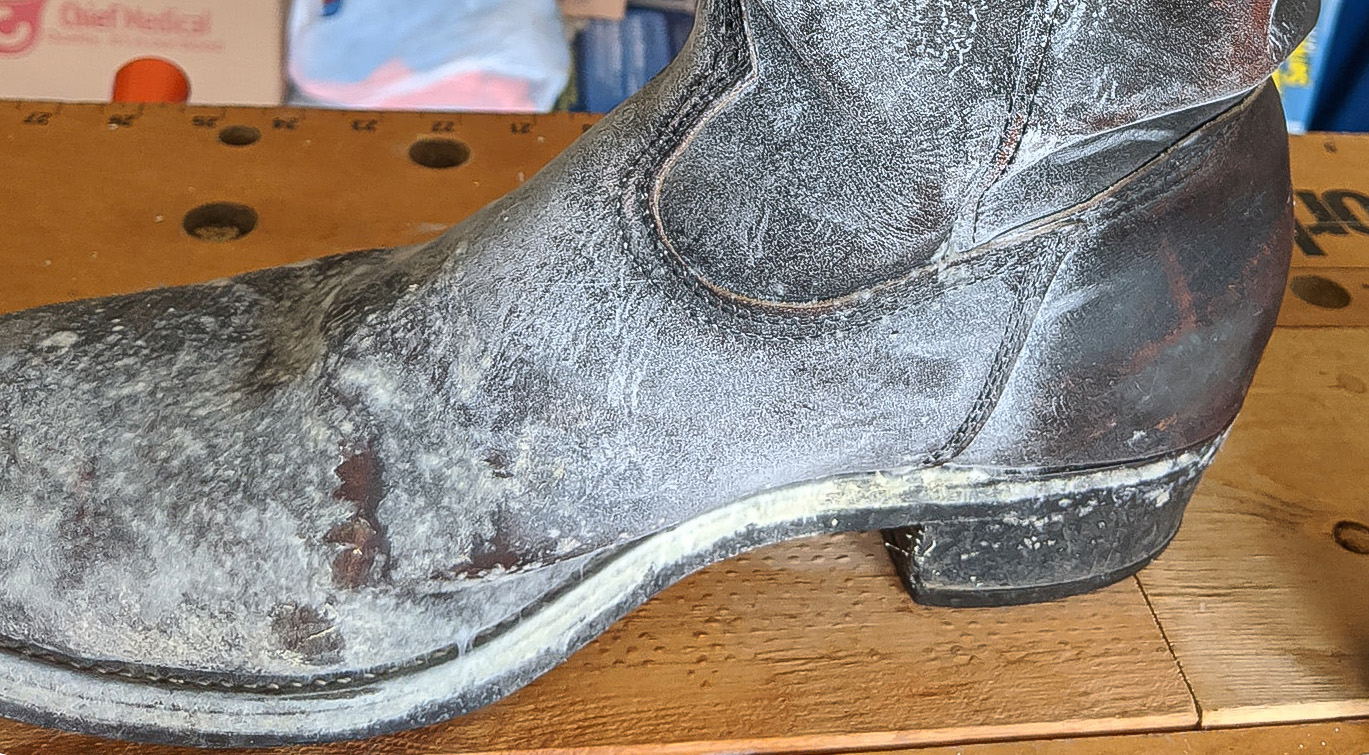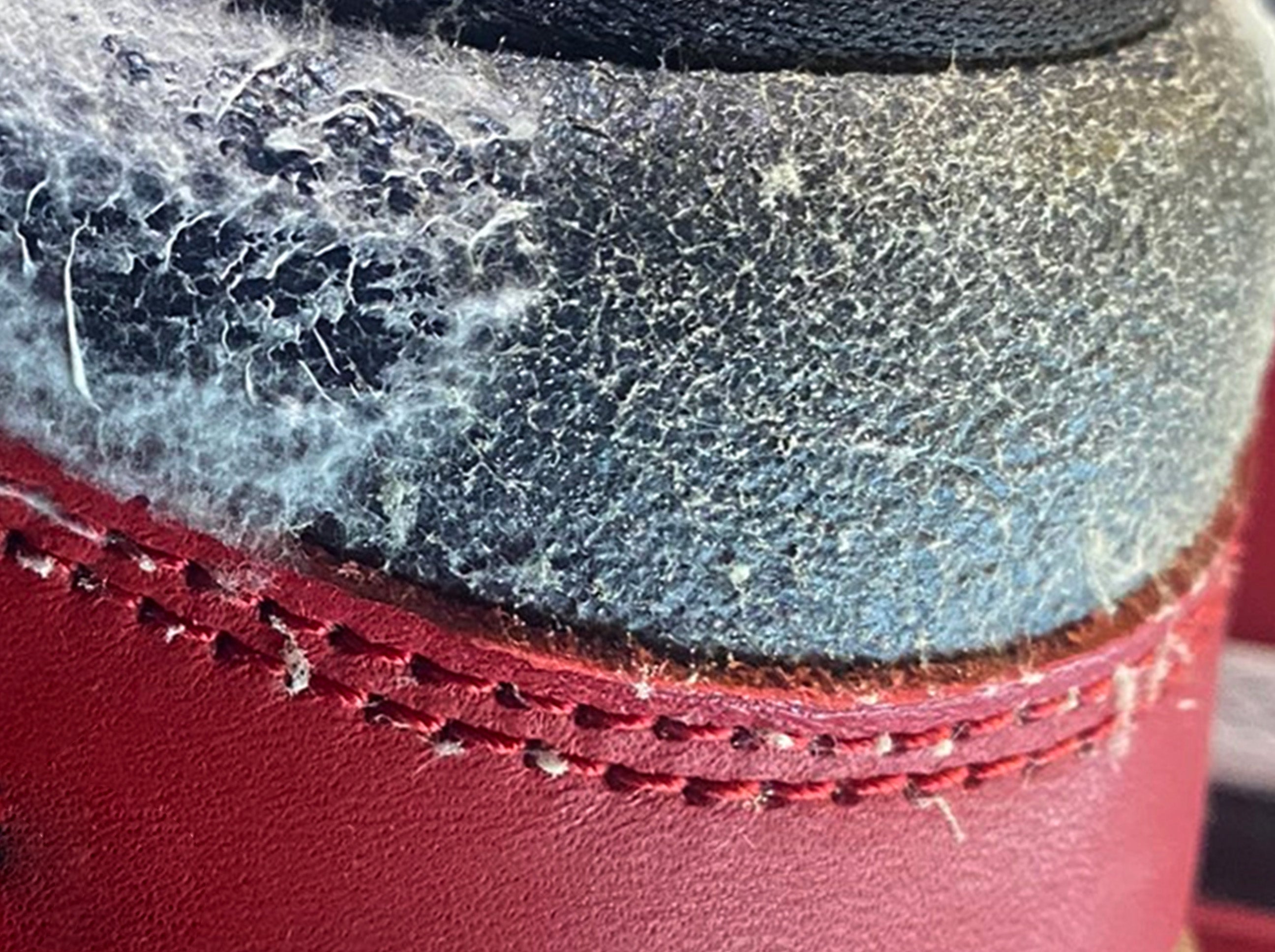Understanding Mold in Shoes
Mold is a type of fungus that thrives in warm, damp environments. Shoes, if not properly cared for, can become a breeding ground for mold, leading to unpleasant odors and potential health issues. This article explores effective methods to eliminate mold from your shoes, ensuring they stay fresh, clean, and safe for wear.
Causes of Mold Growth in Shoes
Humidity and Poor Ventilation
One of the primary causes of mold in shoes is humidity. If you live in a humid climate or store your shoes in a damp area, moisture can accumulate within the shoes, creating an ideal environment for mold to thrive. Additionally, poor ventilation in closets or storage boxes can trap moisture, exacerbating the problem.
Inadequate Drying After Use
Sports enthusiasts or anyone who frequently engages in outdoor activities may find that their shoes often get wet. Failing to dry shoes properly after use can lead to mold growth. This is particularly common in athletic footwear, where moisture from sweat can linger.
Types of Shoes Prone to Mold
While any type of shoe can develop mold, certain materials are more susceptible. For example, canvas and leather shoes can trap moisture more easily than synthetic materials. Understanding which shoes are at higher risk can help you take preventative measures.

How to Identify Mold in Shoes
Visual Signs
Spotting mold involves looking for visible growth on the shoe’s surface. Mold often appears as fuzzy patches or spots that can be white, black, green, or yellow. If you notice any discoloration, it’s crucial to act quickly to prevent further growth.
Odor Detection
An unpleasant, musty smell is often an indicator of mold presence. If your shoes have developed a foul odor, they may have mold inside, even if you cannot see it. Regularly inspecting and cleaning your footwear can help mitigate this issue.

Essential Tools and Products
Cleaning Solutions
Several cleaning solutions can effectively kill mold spores. Common household items include:
- White vinegar
- Baking soda
- Rubbing alcohol
- Hydrogen peroxide
Recommended Cleaning Tools
You’ll also need some cleaning tools to effectively clean your shoes:
- A soft brush
- Microfiber cloths
- Spray bottles for solutions
- Old toothbrush for scrubbing

Step-by-Step Guide to Removing Mold from Shoes
Step 1: Gather Your Supplies
Before tackling mold removal, ensure you have all the necessary supplies at your disposal. This will streamline the process and prevent you from needing to pause midway. Make sure you are in a well-ventilated area, preferably outside, and wear gloves or a mask to avoid inhaling any spores.
Step 2: Create Your Cleaning Solution
Prepare your cleaning solution. A mixture of equal parts white vinegar and water is effective for most types of mold. Alternatively, you can use a solution of baking soda and water. For tougher stains, hydrogen peroxide can be used in a 3% concentration.

Step 3: Clean the Affected Area
Using your soft brush, apply your chosen cleaning solution directly onto the moldy areas of the shoe. Gently scrub the affected areas to lift the mold. Be sure to focus on seams and areas that are often overlooked, as these can harbor spores.
Step 4: Rinse and Dry
After scrubbing, rinse the shoes with a damp cloth to remove any lingering solution. Then, allow your shoes to dry completely in a well-ventilated area. Avoid direct sunlight as this can damage some materials. Ensure they are entirely dry before wearing them again.

Preventing Mold Growth in the Future
Proper Shoe Storage
To prevent mold from returning, proper shoe storage is essential. Store your footwear in a cool, dry space with adequate airflow. Consider using silica gel packs in your shoe storage boxes to absorb excess moisture.
Regular Cleaning Schedule
Implementing a regular cleaning schedule can significantly reduce the risk of mold. After wearing your shoes, give them a quick wipe down. Monthly deep cleans will help keep any mold at bay, ensuring your shoes remain in pristine condition.

Choosing the Right Materials
When purchasing new shoes, consider choosing materials that are less prone to mold. Synthetic materials tend to resist moisture more effectively than natural fibers, making them a better choice for those in humid environments.
Real-World Experiences: Case Studies
Case Study 1: Athletes’ Shoes
John, a local runner, found that his running shoes often developed mold after rainy training sessions. By implementing proper drying techniques and using hydrogen peroxide for cleaning, he managed to eliminate mold and prolong the life of his footwear. John now uses a combination of baking soda and vinegar after each run, which keeps his shoes fresh and free from mold.

Case Study 2: Fashion Lovers
Emily, a fashion blogger, frequently shares tips on how to care for luxury leather shoes. After encountering a mold issue with her favorite pair, she discovered the effectiveness of using a mixture of rubbing alcohol and water as an antimicrobial solution. Post-cleaning, Emily now stores her shoes with cedar shoe trees, which help absorb moisture and keep mold at bay.
Comparison of Cleaning Methods
| Method | Effectiveness | Time Required | Cost |
|---|---|---|---|
| White Vinegar Solution | High | 30 minutes | Low |
| Baking Soda Paste | Moderate | 1 hour | Low |
| Hydrogen Peroxide | Very High | 30 minutes | Medium |
| Professional Cleaning | Very High | Varies | High |
Product Highlights for Mold Removal
1. Spray & Forget Outdoor Cleaner
This product is excellent for treating outdoor shoes, effective against mold on various surfaces. It offers easy application with great results.
2. Rubbing Alcohol
A staple in most households, rubbing alcohol is effective and affordable for cleaning mold from shoes. Simply mix with water and scrub.
3. Mold Armor Cleaner
This commercial cleaner is designed specifically to combat mold. It can be used on a variety of materials, making it versatile for any shoe type.
FAQs about Mold in Shoes
Q1: Can I prevent mold from growing in my shoes?
A1: Yes! Proper storage, regular cleaning, and allowing shoes to dry completely after wear can help prevent mold growth.
Q2: What are the best materials to avoid mold?
A2: Synthetic materials generally resist moisture better than natural fibers, making them a preferable choice for mold prevention.
Q3: Are there any health risks associated with wearing moldy shoes?
A3: Yes, mold can cause allergic reactions, respiratory issues, and skin irritation. It’s advisable to clean or dispose of moldy footwear.
Q4: How often should I clean my shoes to prevent mold?
A4: Regular cleaning after use is recommended, with a thorough deep clean at least once a month, especially in humid climates.
Q5: Can I use bleach to clean mold from shoes?
A5: Bleach can damage certain materials and is not the best choice for mold removal from shoes. Opt for vinegar or hydrogen peroxide instead.
Q6: How can I tell if my shoes are beyond cleaning?
A6: If the mold persists despite cleaning attempts or if the shoes have become structurally compromised, it may be time to replace them.
Q7: What should I do if the mold returns?
A7: If mold returns, re-evaluate your storage conditions and cleaning techniques. Consider using additional moisture-absorbing products in storage.
Q8: Can mold affect shoe performance?
A8: Yes, mold can damage the materials of the shoe, affecting comfort and support, especially in athletic footwear.
Q9: Do different shoe types require different cleaning methods?
A9: Absolutely! Sports shoes, leather shoes, and canvas shoes often require tailored cleaning methods based on their material and structure.
Q10: How can I remove mold from the insoles of my shoes?
A10: Remove the insoles and wash them separately with your chosen cleaning solution. If the mold persists, consider replacing the insoles.
Q11: Is professional cleaning worth it?
A11: Professional cleaning services can effectively eliminate mold and provide expertise in caring for specialty footwear, making it a worthwhile investment.